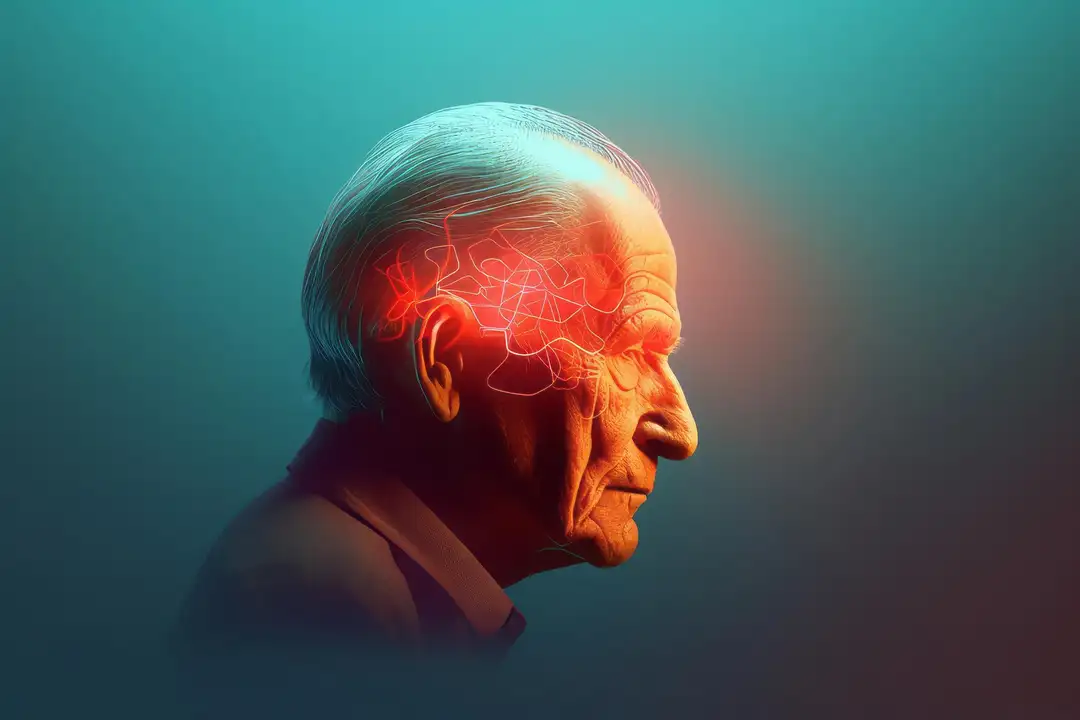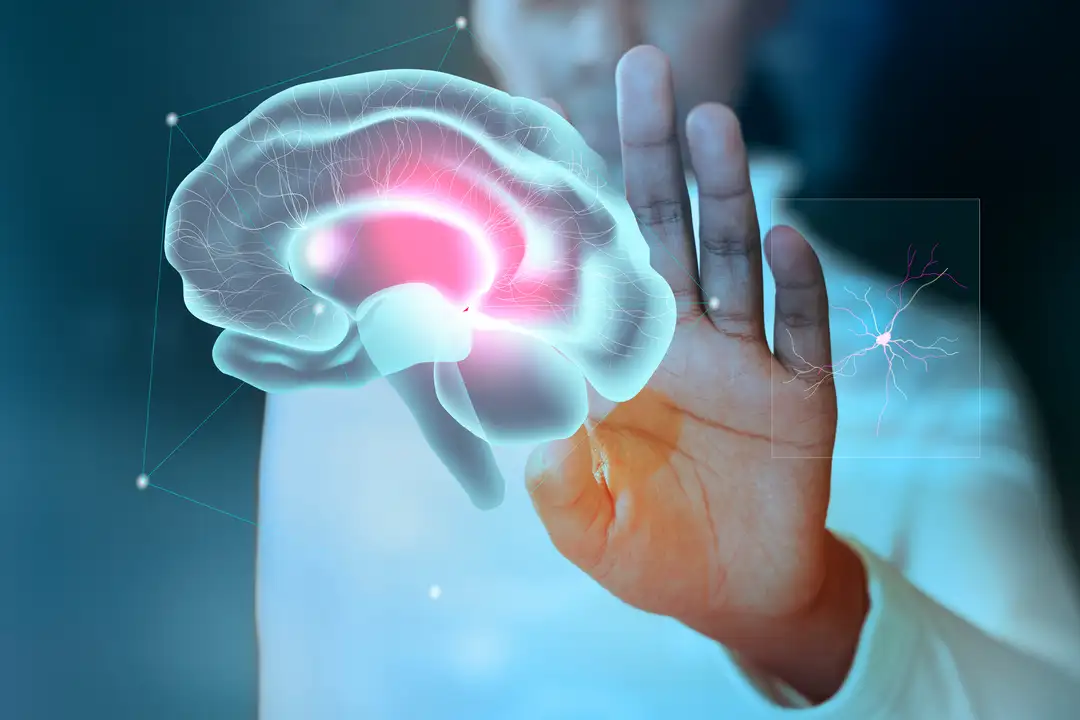
Published in Frontiers in Endocrinology (2025), this case report details a rare but life-threatening complication: severe euglycemic diabetic ketoacidosis (euDKA) following the simultaneous initiation of semaglutide (GLP-1 receptor agonist) and dapagliflozin (SGLT-2 inhibitor) in a patient with newly diagnosed type 2 diabetes mellitus (T2DM).
The 36-year-old male initially showed good glycemic control after starting combination therapy but developed severe nausea and vomiting two days after his first semaglutide dose. He discontinued prandial insulin while continuing dapagliflozin, which led—within less than a week—to profound metabolic acidosis (pH 7.06; HCO₃⁻ 7 mmol/L) despite normal blood glucose levels (182 mg/dL) and marked ketosis (5.1 mmol/L) — characteristic of euDKA.
Despite aggressive management with intravenous fluids, glucose, and continuous insulin infusion, the acidosis persisted. The patient required continuous veno-venous hemodiafiltration (CVVHDF) for 48 hours in the intensive care unit, which led to gradual normalization of acid–base balance. Both oral agents were discontinued, and he was transitioned to a basal-bolus insulin regimen with stable glycemic control upon follow-up.
From a pathophysiological standpoint, this case illustrates the deleterious synergy between GLP-1 RA and SGLT-2i. The GLP-1 RA–induced nausea and decreased appetite triggered prolonged fasting and reduced insulin intake, promoting lipolysis and hepatic ketone production. Meanwhile, the SGLT-2 inhibitor enhanced glucosuria, lowering blood glucose further and increasing the glucagon-to-insulin ratio, which amplified ketogenesis. Dehydration and prolonged renal glucose excretion compounded the metabolic imbalance.
The authors emphasize the need for caution when initiating both drug classes concurrently, particularly in insulin-treated or newly diagnosed patients. A staggered introduction—initiating one agent at a time—may mitigate risk. Furthermore, clinicians should reinforce patient education on ketone monitoring and sick-day insulin adjustments, especially when gastrointestinal symptoms arise.
In refractory cases unresponsive to standard euDKA protocols, renal replacement therapy should be considered early. More broadly, this case underscores the importance of monitoring for ketosis even in the absence of hyperglycemia in patients treated with SGLT-2 inhibitors or combination regimens involving GLP-1 receptor agonists.
Ultimately, while combination therapy with GLP-1 RA and SGLT-2i remains a powerful tool for metabolic and cardiovascular risk reduction, this report highlights that clinical vigilance and individualized initiation strategies are essential to ensure safety and efficacy.
#Type2Diabetes #EuglycemicDKA #GLP1RA #SGLT2Inhibitor #ClinicalSafety
Editorial Note
This text was prepared with the support of artificial intelligence and critically reviewed by a qualified professional to ensure scientific accuracy and reliability.
Sources
- Gandecka-Pempera A, Naskręt D, Adamska A, Zozulińska-Ziółkiewicz D. Severe euglycemic ketoacidosis following combined therapy with GLP-1 receptor agonist and SGLT-2 inhibitor, refractory to standard treatment: a case report. Front Endocrinol (Lausanne). 2025;16:1649270. doi:10.3389/fendo.2025.1649270.




